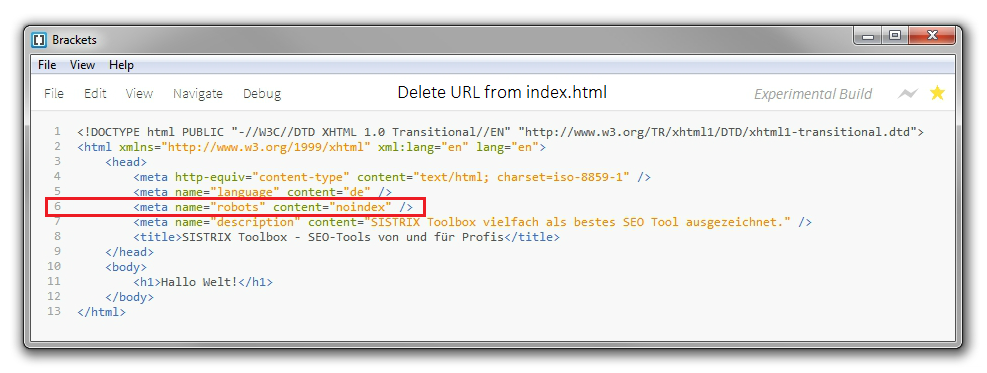SRVCTL command for Instances
To add the instance
- srvctl add instance –d db_name –i inst_name -n node_name
- srvctl add instance -d ingress_test -i ingress_test01 -n linuxrac01
To Remove the instance
- srvctl remove instance –d db_name –i inst_name
- srvctl remove instance -d ingress_test -i ingress_test01
To Start the instance
- srvctl start instance -d db_name -i inst_names [-o start_options] [-c connect_str|-q]
- srvctl start instance –d db_name –i inst_names [-o open]
- srvctl start instance –d db_name –i inst_names -o nomount
- srvctl start instance –d db_name –i inst_names -o mount
- srvctl start instance –d ingress_test -i ingress_test02
To start the instance in Oracle 11g:
- srvctl start instance -d db_unique_name {-n node_name -i "instance_name_list"} [-o start_options]
- srvctl start instance -d ingress_test -n linuxrac02
- srvctl start instance -d ingress_test -i "ingress_test02,ingress_test03"
To stop the instance
- srvctl stop instance -d db_name -i inst_names [-o stop_options] [-c connect_str|-q]
- srvctl stop instance –d db_name –i inst_names [-o normal]
- srvctl stop instance –d db_name –i inst_names -o transactional
- srvctl stop instance –d db_name –i inst_names -o immediate
- srvctl stop instance –d db_name –i inst_names -o abort
- srvctl stop instance –d ingress_test -i ingress_test03
To stop the instance in Oracle 11g:
- srvctl stop instance -d db_unique_name {[-n node_name]|[-i "instance_name_list"]} [-o stop_options] [-f]
- srvctl stop instance -d ingress_test -n linuxrac01
- srvctl stop instance -d ingress_test -i ingress_test01
To check the status of the instance
- srvctl status instance –d db_name –i inst_names [-f] [-v] [-S level]
- srvctl status instance –d ingress_test -i ingress_test02
To check the status of the instance in Oracle 11g:
- srvctl status instance -d db_unique_name {-n node_name | -i "instance_name_list"} [-f] [-v]
- srvctl status instance -d ingress_test -i "ingress_test01,ingress_test02" -v
- srvctl enable instance –d db_name –i inst_names
- srvctl enable instance -d ingress_test -i "ingress_test01,ingress_test02"
- srvctl disable instance –d db_name –i inst_names
- srvctl disable inst -d ingress_test -i "ingress_test01,ingress_test03"
To set dependency of instance to ASM
- srvctl modify instance -d db_name -i inst_name {-s asm_inst_name|-r}
- srvctl modify instance -d db_unique_name -i instance_name {-n node_name|-z}
- srvctl modify instance -d ingress_test -i ingress_test01 -n linuxrac01
- srvctl modify instance -d ingress_test -i ingress_test01 -z
To move the database instance
- srvctl modify instance -d db_name -i inst_name -n node_name
- srvctl modify instance –d ingress_test –i ingress_test02 –n linuxrac01
To remove the database instance
- srvctl modify instance -d db_name -i inst_name -r
- srvctl modify instance –d ingress_test –i ingress_test01 –r
To get/set/unset the environment configuration of the instance
- srvctl getenv instance –d db_name –i inst_name [-t name_list]
- srvctl getenv instance –d ingress_test –i ingress_test01
- srvctl setenv instance –d db_name [–i inst_name] {-t "name=val[,name=val,...]" | -T "name=val"}
- srvctl setenv instance –d ingress_test –i ingress_test01 [options]
- srvctl unsetenv instance –d db_name [–i inst_name] [-t name_list]
- srvctl unsetenv instance –d ingress_test –i ingress_test01 [-t options]
Hope my post will help you and just keep watching there is some more options that will be coming soon in part 3


No comments:
Post a Comment